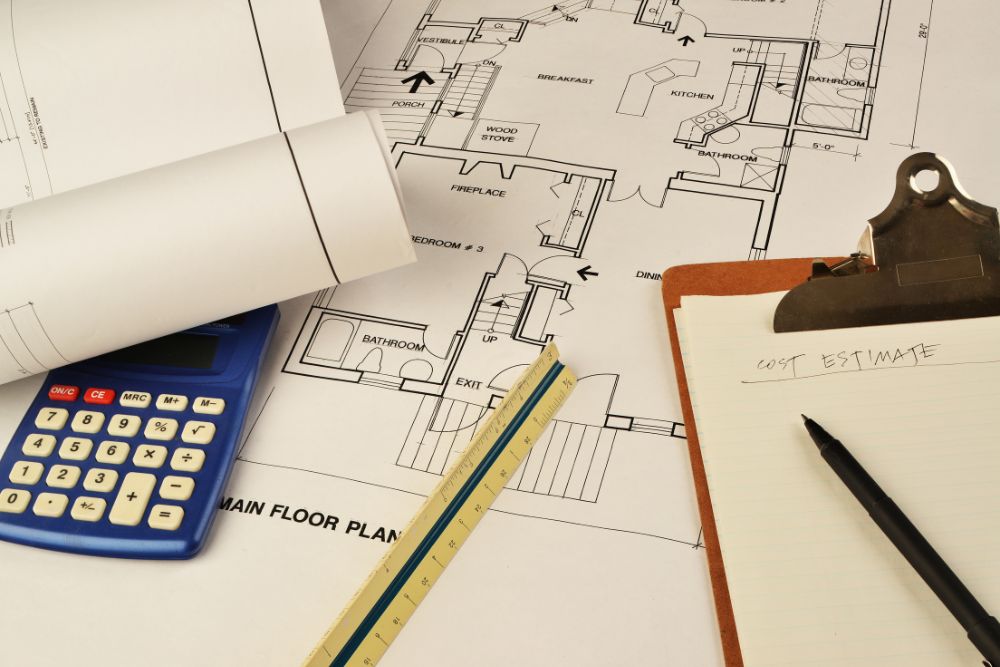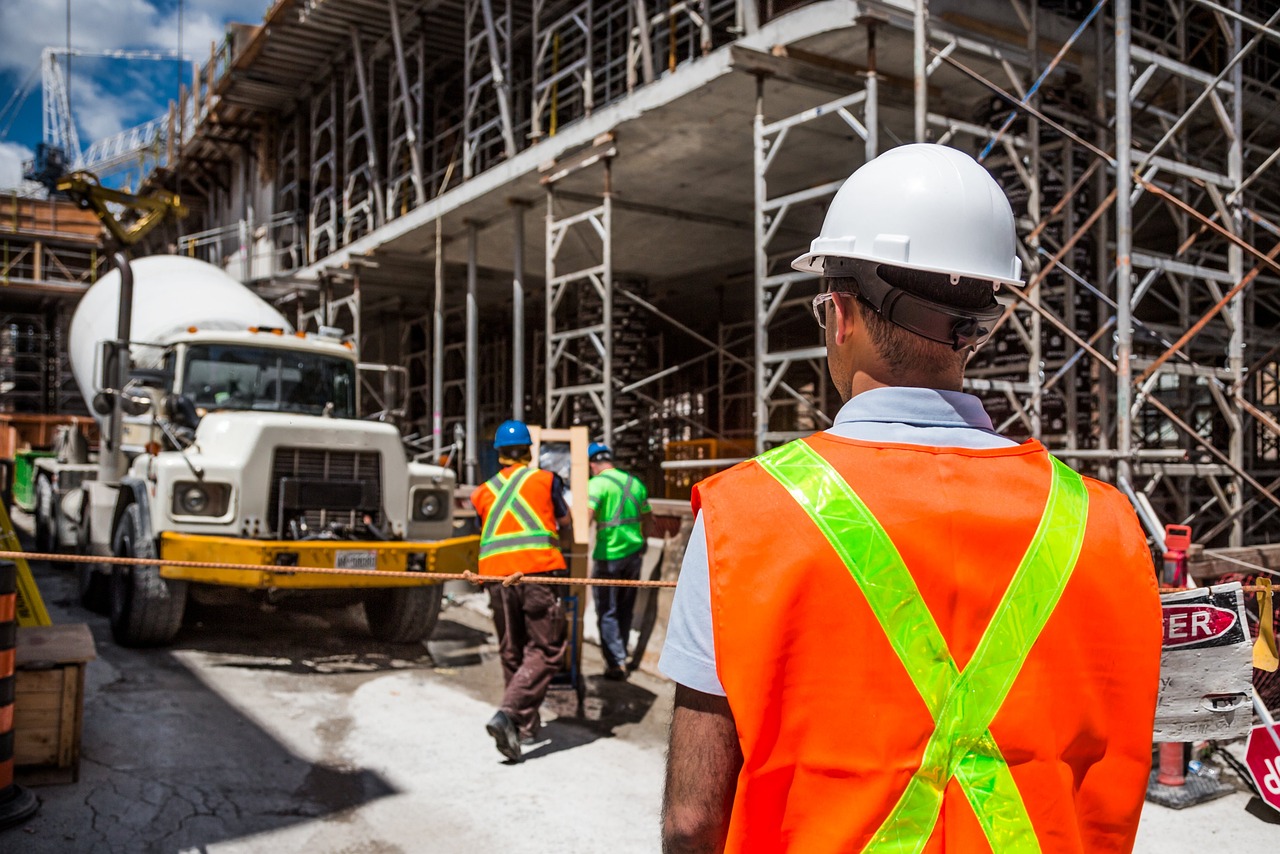Estimating is a critical factor within civil engineering practice. This process heavily influences the determination of project construction costs before the actual building begins. Proper estimates enable budget planning for resources while reducing the risk of financial losses. In the absence of precise estimates, construction projects experience unexpected expenses and postponements, as well as possible project failures.
The American Society of Civil Engineers (ASCE) reports that cost overruns occur in more than 85% of construction projects due to unexpected occurrences and wrong project estimations. This shows how crucial estimation is in civil engineering projects.
In this blog, we will explore what estimating means in civil engineering, its types and methods, and how technology is changing the way estimates are made.
What is Estimating in Civil Engineering
Estimating in civil engineering is figuring out how much material, labor, and resources are needed for a construction project. This is done before the project starts so you can gather everything and secure funds as the project progresses. The estimate should be as close as possible to the actual cost.
The more accurate the method and the better the preparation, the closer the estimate will be to the real cost. If the estimate is too low, the client might be surprised by the extra costs. If it’s too high, the company may lose the project.
Cost estimation is very important in construction. Although it may seem simple, it requires careful planning, the right methods, and proper analysis.
Purpose of Estimating
Civil engineering estimating serves as the essential procedure that guarantees that project planning stays accurate while budget allocation stays proper for construction works. There are essential reasons why estimations maintain their importance in engineering projects:
- Budget Planning: Budget Planning allows projects to establish financial requirements.
- Cost Control: Ensures expenses do not exceed the allocated budget.
- Resource Allocation: Plans exactly what materials, workers, and equipment are required to prevent shortages or waste.
- Project Feasibility: Checks if the project makes financial sense before breaking ground.
- Risk Management: The risk management system helps recognize financial dangers, which enables companies to devise backup plans.
A report by McKinsey & Company states that poor estimation practices contribute to about 30% of cost overruns in major construction projects worldwide.
Types of Estimates in Civil Engineering
Different types of estimates are used in civil engineering, depending on the stage and complexity of the project. Here are some common types:

1. Preliminary Estimate
This early-stage estimate is used to get a rough idea of the total cost. It is based on past project data and rough calculations. Preliminary estimates help clients decide whether to proceed with the project.
2. Detailed Estimate
A detailed estimate provides a comprehensive cost analysis with full lists of materials, labor, equipment, transportation, and overhead costs. This is done to finalize the project budget and obtain funding.
3. Quantity Estimate
A quantity estimate is all about determining the precise amount of materials needed in the project. This is to avoid shortages or overpurchase of materials.
4. Revised Estimate
When a project is drastically altered, a revised estimate is done. This serves to modify the budget according to new requirements.
5. Supplementary Estimate
It is done when more work needs to be undertaken than initially intended in the original project. It helps in laying out extra expenditures accordingly.
Methods of Estimating in Civil Engineering
Civil engineering projects require various approaches to estimating their costs. The chosen method of estimation depends specifically on three factors: project type, size, and complexity.
1. Unit Rate Method
This method calculates the cost based on the price per unit of work. For example, if the cost of laying one square foot of concrete is $10, then the cost for 1,000 square feet will be $10,000.
2. Plinth Area Method
This method estimates costs based on the total floor area of a building. It is commonly used for residential and commercial buildings.
3. Cubic Content Method
In this method, costs are estimated based on the volume (length × width × height) of the structure. This method is often used for multi-story buildings.
4. Approximate Quantity Method
This method gives a quick estimation by considering lump-sum rates for different work components. It is useful in the early planning stage.
Steps in the Estimating Process
The estimating process involves several key steps to ensure accuracy and reliability:
- Understanding Project Specifications: Study project drawings, plans, and client requirements.
- Quantity Takeoff: Measure and list all materials needed for construction.
- Applying Cost Rates: Assign cost values to materials, labor, and equipment.
- Adding Contingencies: Include an extra budget for unexpected costs (usually 5-10% of the total cost).
- Final Review: Verify accuracy and approve the estimate before starting the project.
Challenges in Civil Engineering Estimating
Estimating is not always straightforward. Here are some common challenges faced by civil engineering estimators:
- Uncertain Material Prices: Prices of cement, steel, and other materials fluctuate due to market conditions.
- Labor Cost Fluctuations: Wages vary depending on location, availability, and demand.
- Design Changes: Alterations in project design can significantly impact the final cost.
- Unforeseen Site Conditions: Issues like poor soil quality or hidden utility lines can increase costs.
According to Dodge Data & Analytics, 60% of building companies face challenges with cost prediction caused by unstable material and work expenses.
Role of Technology in Civil Engineering Estimating
Technology is transforming how civil engineers estimate project costs. Advanced software and digital tools improve accuracy and efficiency.

Popular Estimating Software:
- PlanSwift: Helps in digital takeoff and cost estimation.
- Bluebeam Revu: Used for markup and measurement of construction plans.
- AutoCAD: Assists in creating precise drawings and layouts for estimation.
According to a Construction Industry Institute (CII) Report, companies using estimating software experience a 20-30% increase in cost accuracy and project efficiency.
Conclusion
Engineering estimates are crucial for civil construction projects because they help control spending and manage time effectively. Estimating allows for better financial resource management and risk control throughout the project.
With modern estimating methods and advanced technology, project predictions have become much more accurate. However, challenges like cost fluctuations and design changes can still arise. Projects are more likely to succeed when expert estimators are involved, as they help save time and reduce risks.
Need help with estimates? Prime Estimation is here for you. We provide reliable estimates that keep your project on track—no guesswork, no stress. Ready to build smarter? Contact us today!
FAQs
How is estimating different from budgeting in construction?
Estimating figures out the projected costs of a project before it starts. Budgeting uses that estimate to plan how money will be spent, ensuring expenses stay on track during construction.
What is the role of historical data in cost estimation?
Past project data (like material prices or labor hours) gives estimators a baseline. For example, knowing how much steel cost last year helps predict current prices, making estimates more reliable.
How do weather conditions affect construction estimates?
Bad weather can halt work—rain might delay concrete pouring, leading to longer timelines. Delays mean paying crews for idle days or replacing damaged materials, which hikes costs.
How does location impact construction estimating?
Urban sites often cost more due to higher wages, permits, and logistics (e.g., transporting materials through traffic). Rural areas might save money but face delays in resource delivery.
What is a direct cost vs. an indirect cost in estimating?
Direct costs are for physical work, such as materials, equipment rentals, or worker wages. Indirect costs cover support, such as site trailers, safety training, or administrative staff salaries.
How do subcontractors influence construction estimates?
Subcontractors (like electricians or plumbers) set their own prices. If their bid is too high, it inflates the estimate. Poor workmanship could also lead to rework, increasing costs later.











